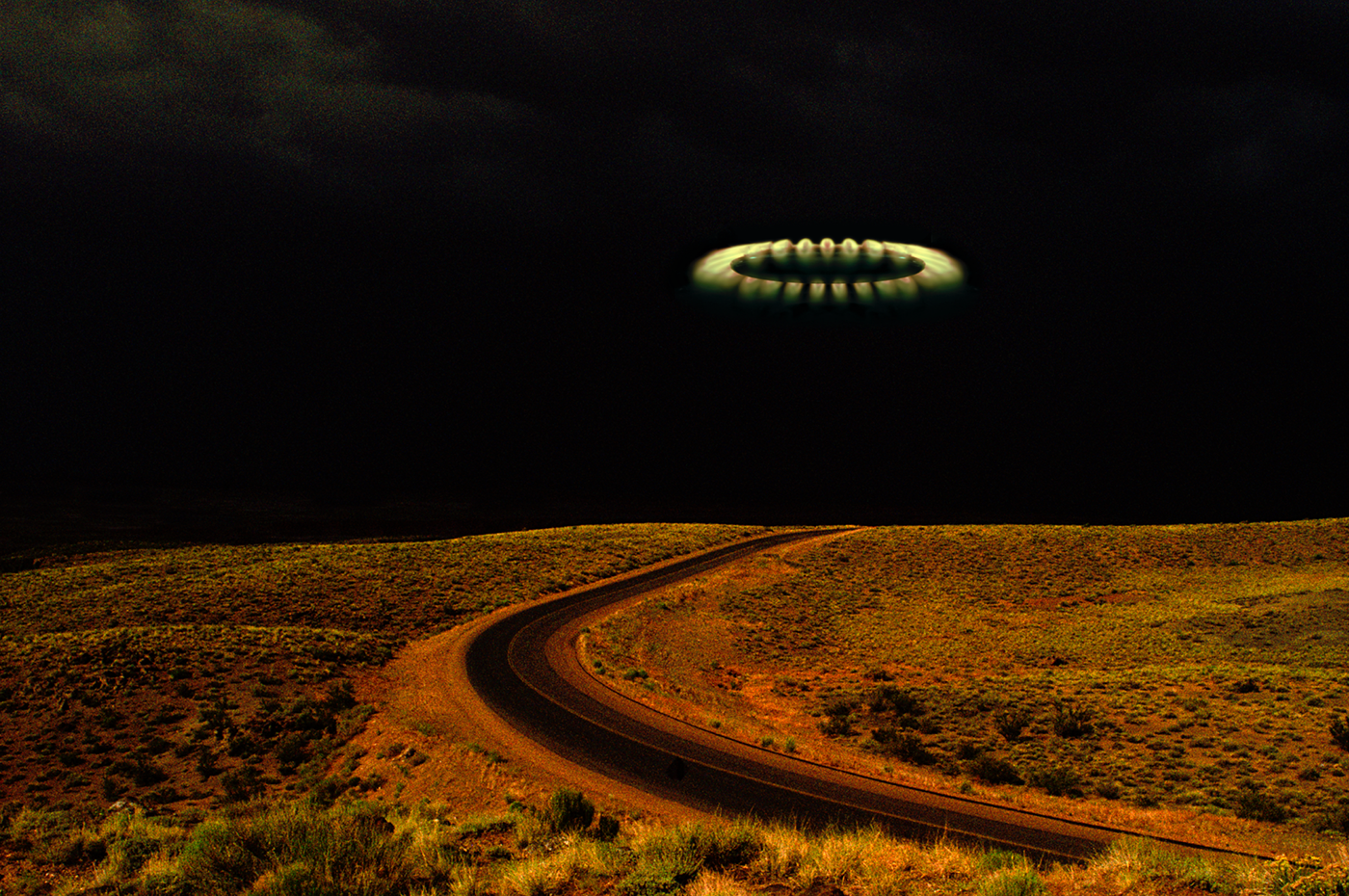

New to integrating phenomena into your science storylines? Check out the following blog posts, first! That said, let’s dive into how we can walk that tightrope and build our student-driven storylines from phenomena while still meeting our standards. I’m constantly redirecting, rerouting, trying to find the sweet spot right in the middle.īut it’s a tricky navigation and there’s always tugs to one end or the other. It’s not an easy path to follow, and I know I personally feel a tug in both directions all the time. Today, I look back at those efforts and think, close but not quite.Īs educators, we walk a fine line between meeting the demands from the system (the standards, the assessments, the admin) and engaging our learners in genuine student-driven inquiry. But at its core, I was still running the show.Īnd phenomena was an after-the-fact consideration.


I knew the questions I wanted my students to ask, and I planned to use those questions to make it feel student-driven. I knew exactly where I was going and how I was going to get there. If you looked at my planning process just a few years ago, I used to You can’t have authentic student-driven, three dimensional science storylines without them! Rethink How You Design Your Instruction They are the base from which you build your student-driven science storylines. While the “flash bang” hooks still aren’t my cup of tea, phenomena are fundamental to real, relevant science - and your student-owned science classroom. I just didn’t “get it.” My content didn’t seem to lend well to the “flash bang” demonstrations I saw again and again when the word “phenomena” was mentioned. When I started down the journey toward student-driven science storylines, phenomena wasn’t actually on my radar.


 0 kommentar(er)
0 kommentar(er)
